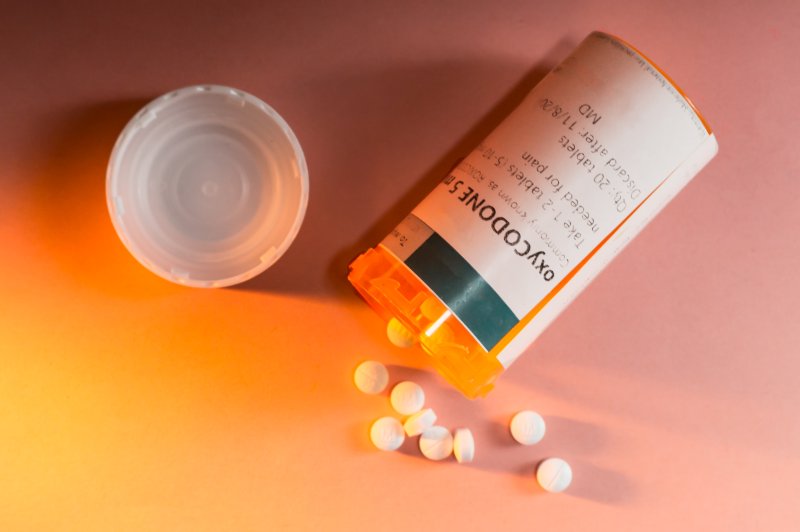A study in Ohio suggests 311 non-emergency call data could be used to identify potential opioid overdose hotspots. Photo by
Cindy Shebley/Flickr
Nov. 11 (UPI) -- Call volumes to 311 -- used by many cities to report non-emergency issues -- for nuisance code violations accurately predicted future opioid overdose hotspots more than 90% of the time, a study published Wednesday by Scientific Reports found.
Residents of neighborhoods with high rates of opioid-related overdoses make more calls to non-emergency hotlines reporting code violations, abandoned vehicles, darkened streetlights and other public nuisances, according to researchers.
Similarly, calls regarding public health problems -- including pest management and unsanitary conditions due to animals -- and streetlight outages were accurate predictors of future overdose hotspots more than 80% of the time, the data showed.
The findings are based on an analysis of 311 call volumes in Columbus, Ohio, over a 10-year period, they said.
"Complaints to the city about issues like streetlight repair, abandoned vehicles and code violations reflect disorder and distress that are also linked to opioid use," study co-author Yuchen Li said in a statement.
These calls can "help identify which parts of the community may be the next hotspot for opioid overdoses," said Li, a doctoral candidate in geography at Ohio State University.
Although overdose deaths nationally have declined in recent years, more than 750,000 Americans died following opioid and heroin overdoses between 1999 and 2018, according to the U.S. Centers for Disease Control and Prevention.
Ohio is among the states hit hardest by the "opioid epidemic" with the rise in the misuse and abuse of prescription opioid pain relievers like OxyContin and Fentanyl and non-prescription opioids like heroin.
For this study, Ohio State researchers analyzed 311 call data in Columbus, where the school is based, between 2008 and 2017 against figures on emergency personnel responses to opioid overdoses in the city during the same period.
They then compared the location and time of each overdose with data they received on 311 calls received from residents in the same area near the same time, they said.
Although the 311 calls are not about drug use, they do indicate when areas are becoming a hotspot for opioid overdoses, according to the researchers.
In addition to public nuisance and streetlight problems, calls regarding trash and street maintenance issues were also predictors of future opioid overdose hotspots, the data showed.
Calls that were not related to overdoses included those about snow and ice removal, trees, and recreation and parks.
The results suggest that data from 311 calls can be an effective opioid overdose surveillance indicator to direct outreach and resources to where they are needed, study co-author Harvey Miller said in a statement.
"311 calls are in some ways a conversation between communities and the city about what is of immediate concern to residents ... [and] point to the environmental and social stressors that are associated with drug use," said Miller, director of Ohio State's Center for Urban and Regional Analysis.
"They are also the same indicators that suggest poverty and distress," he said, adding that they could "provide a more dynamic and useful way to track the opioid crisis in American cities."















